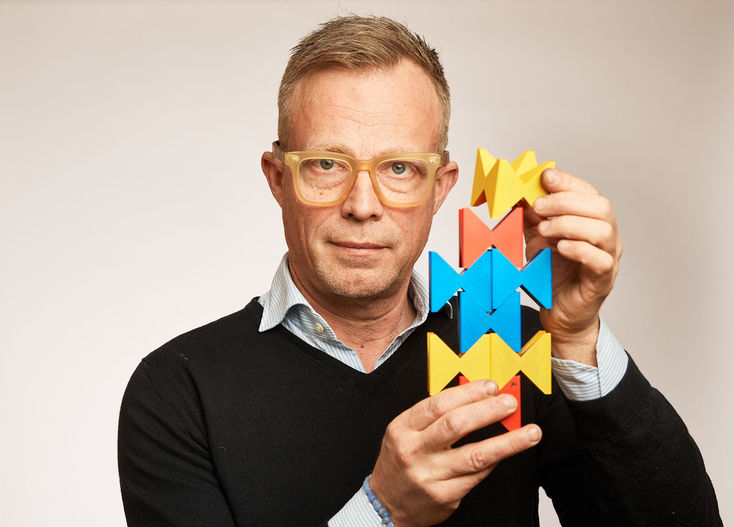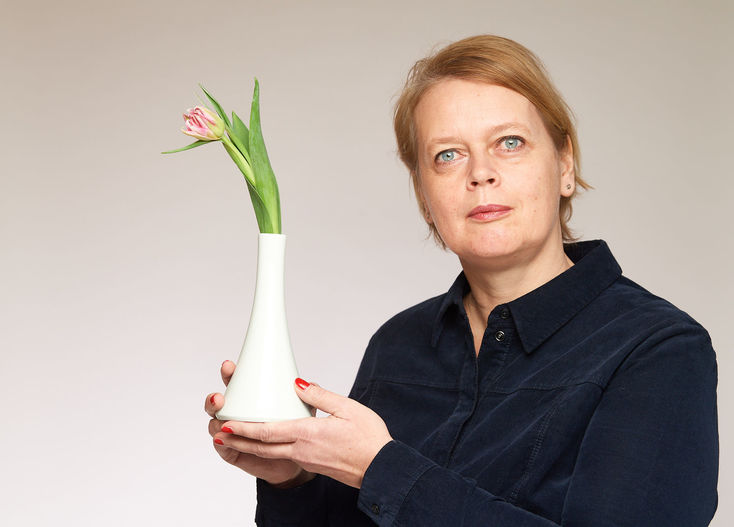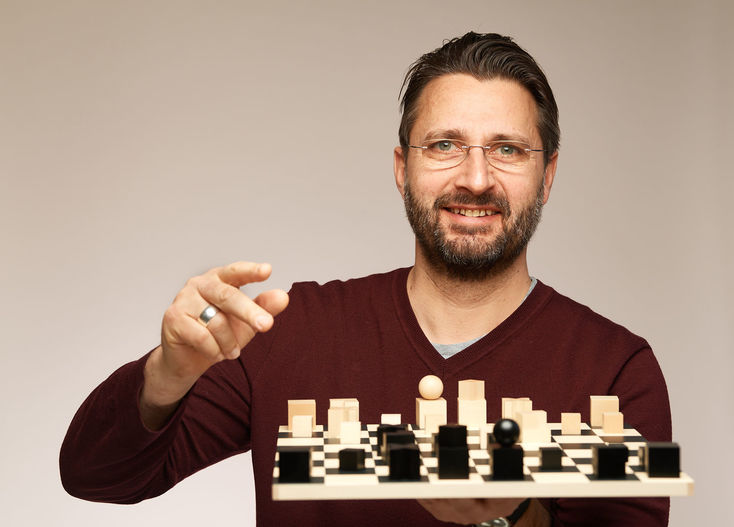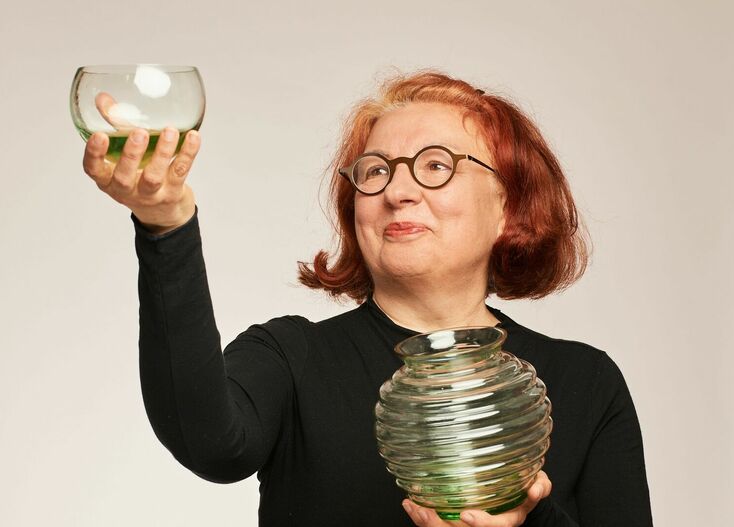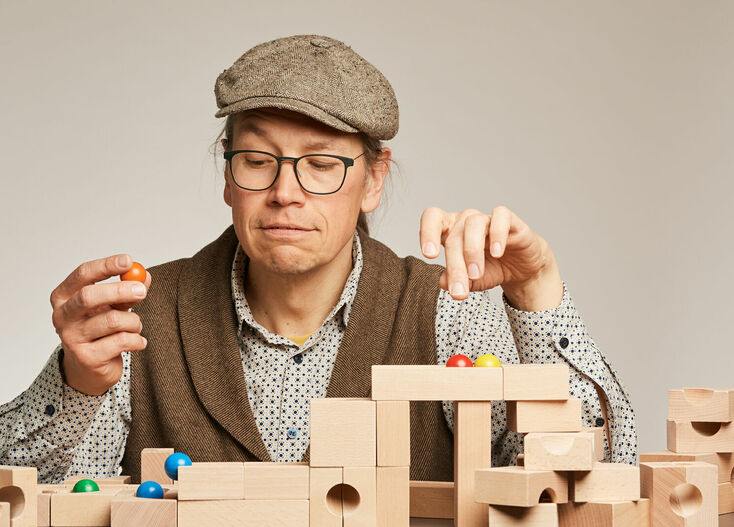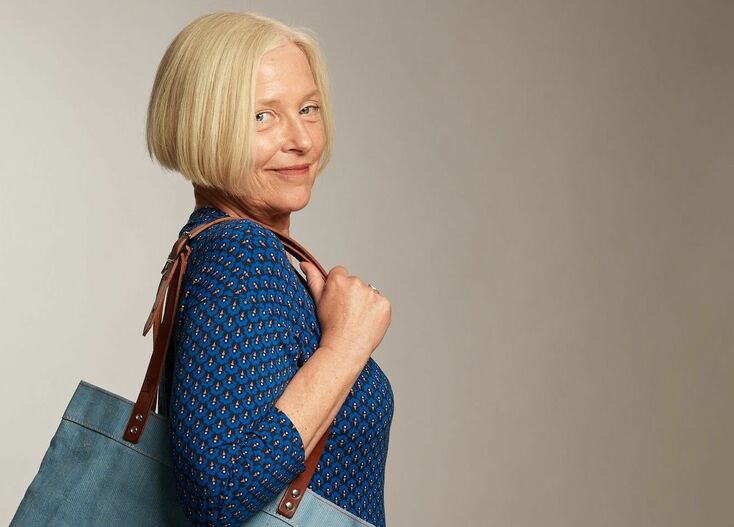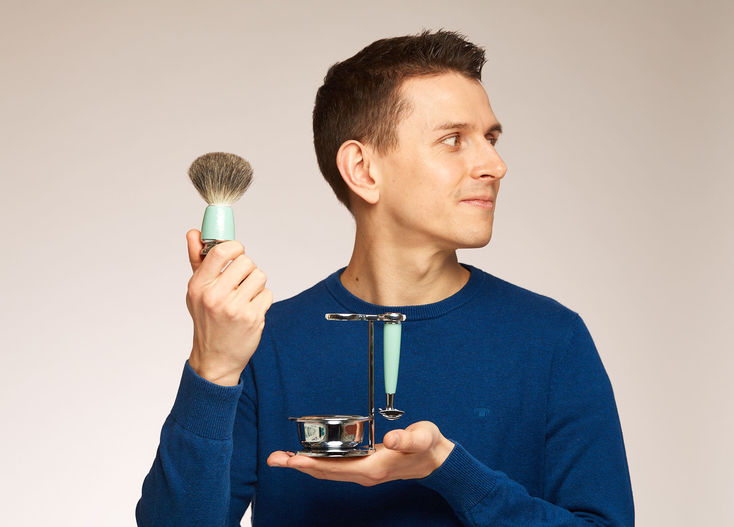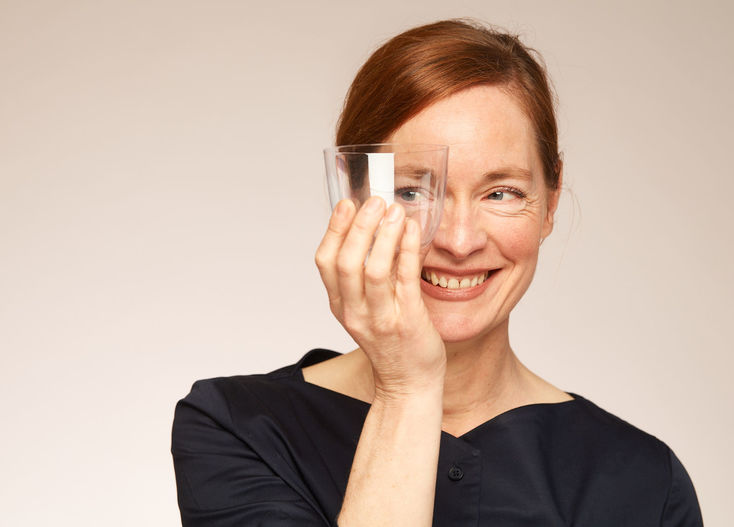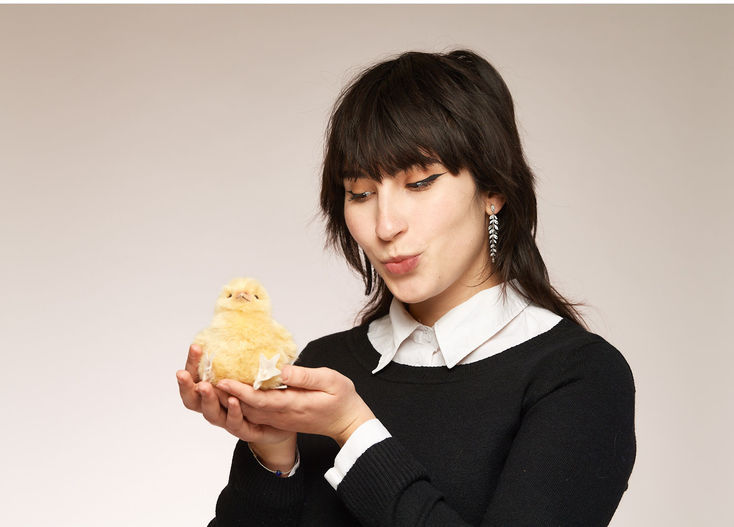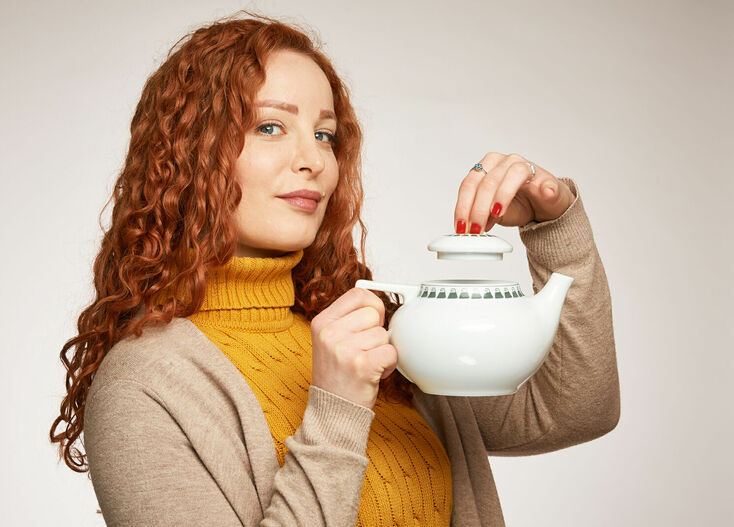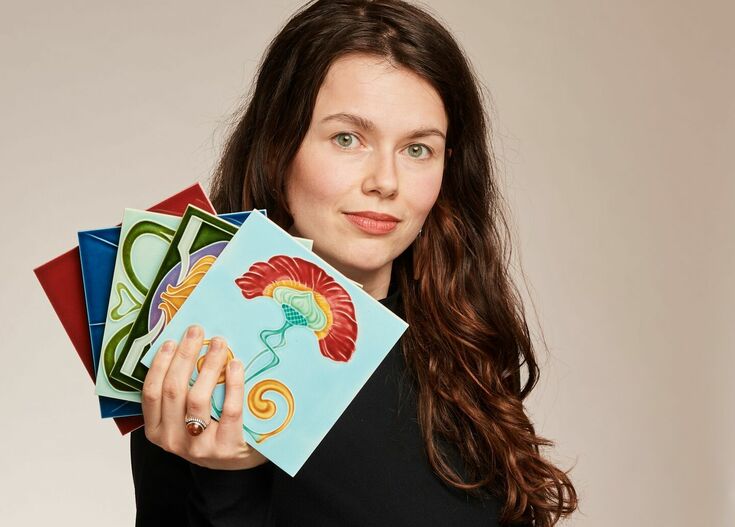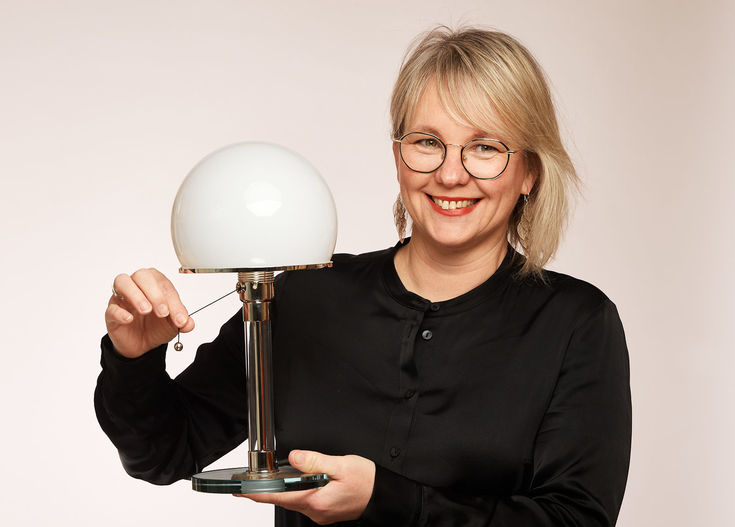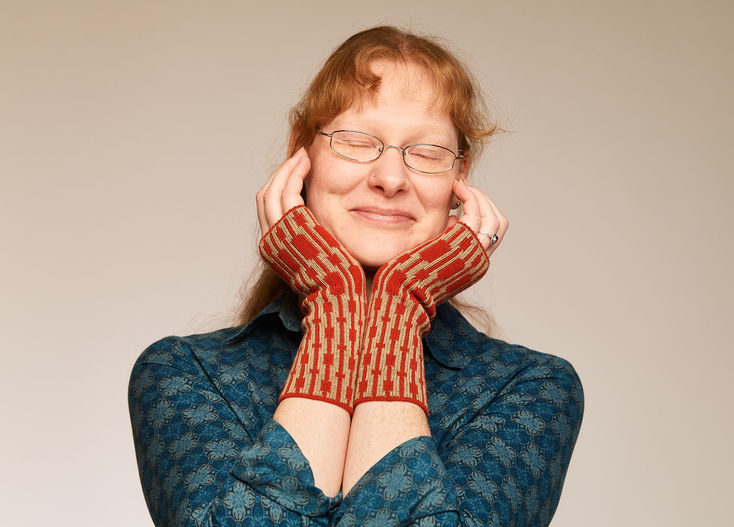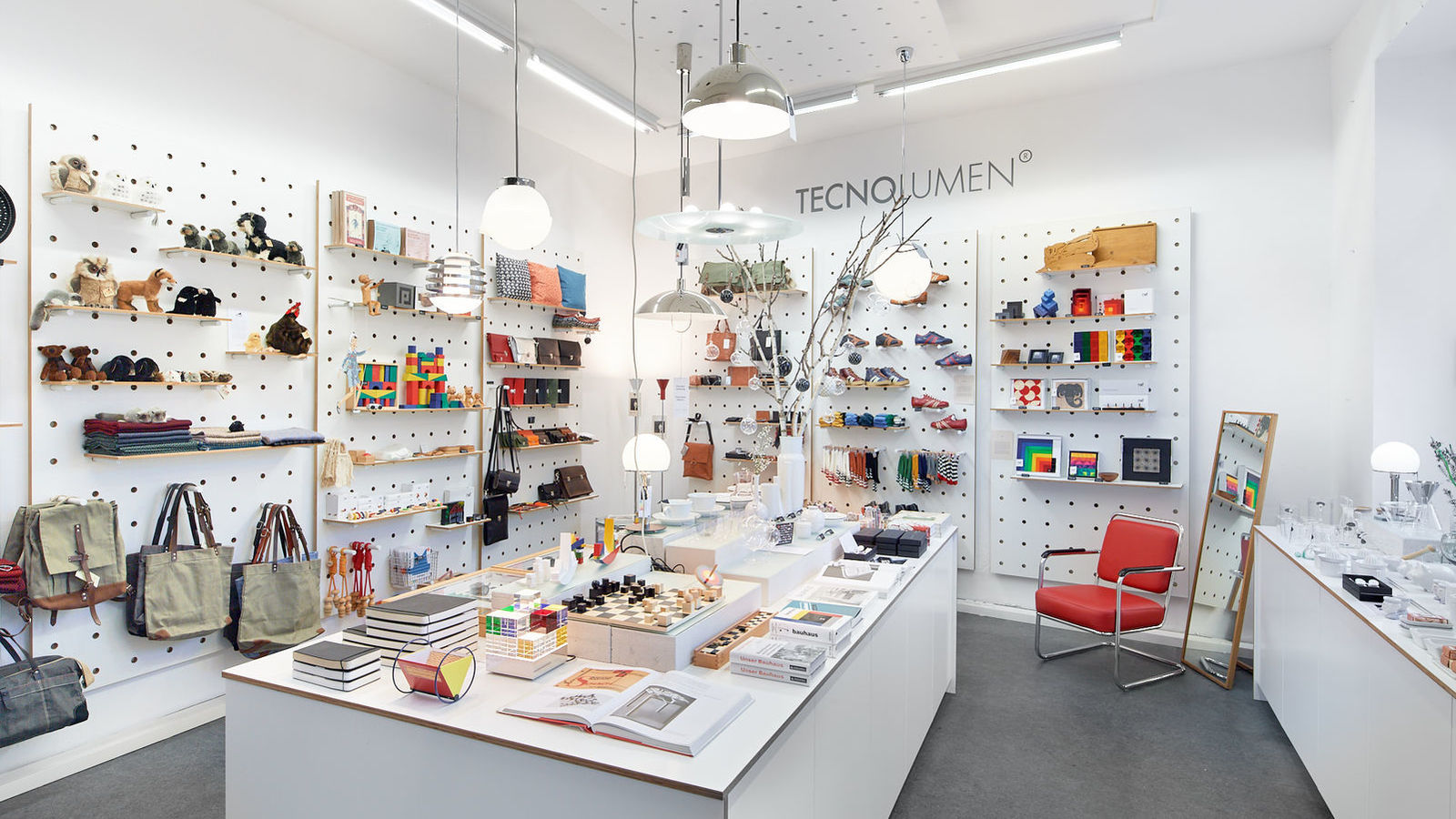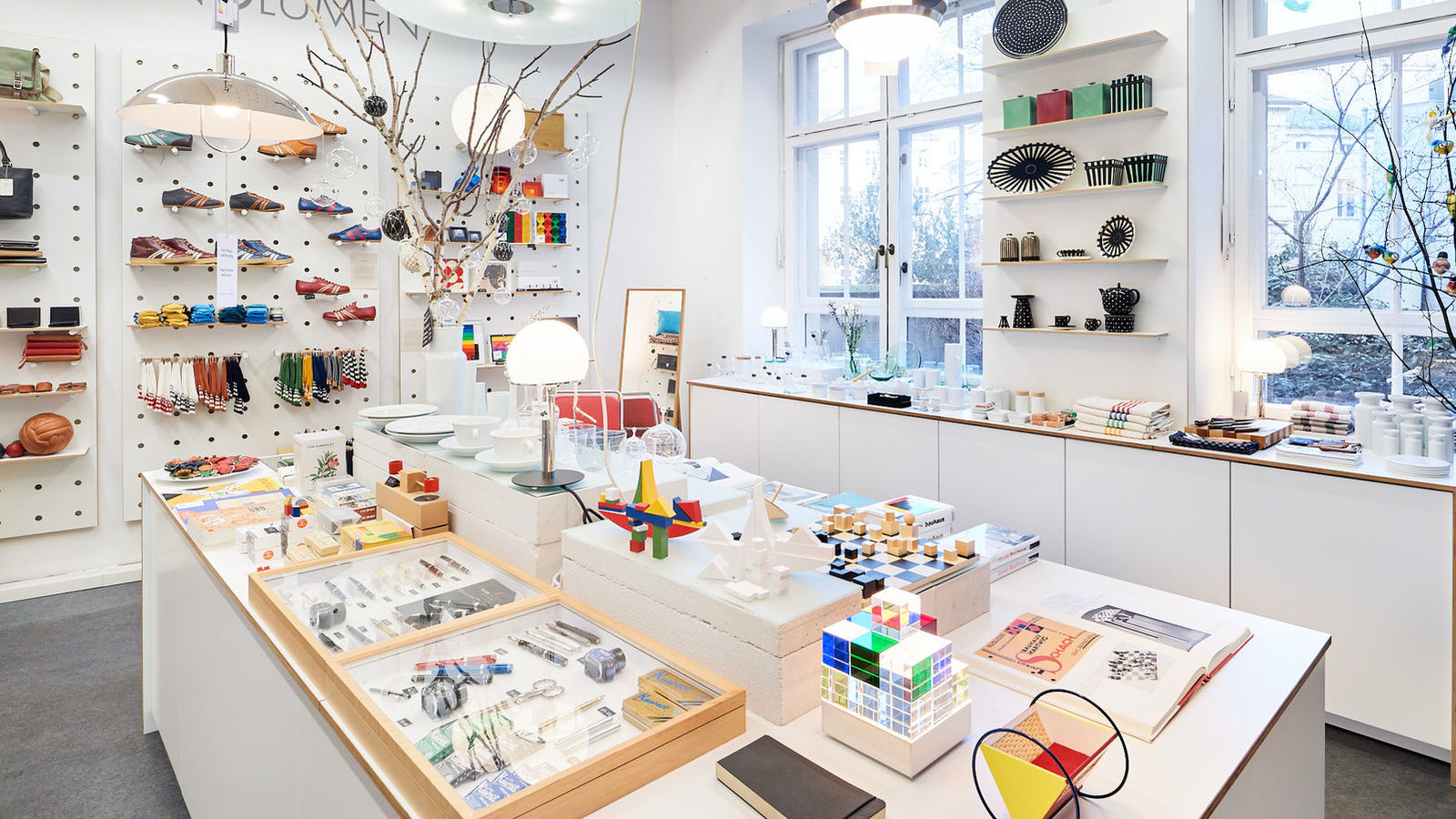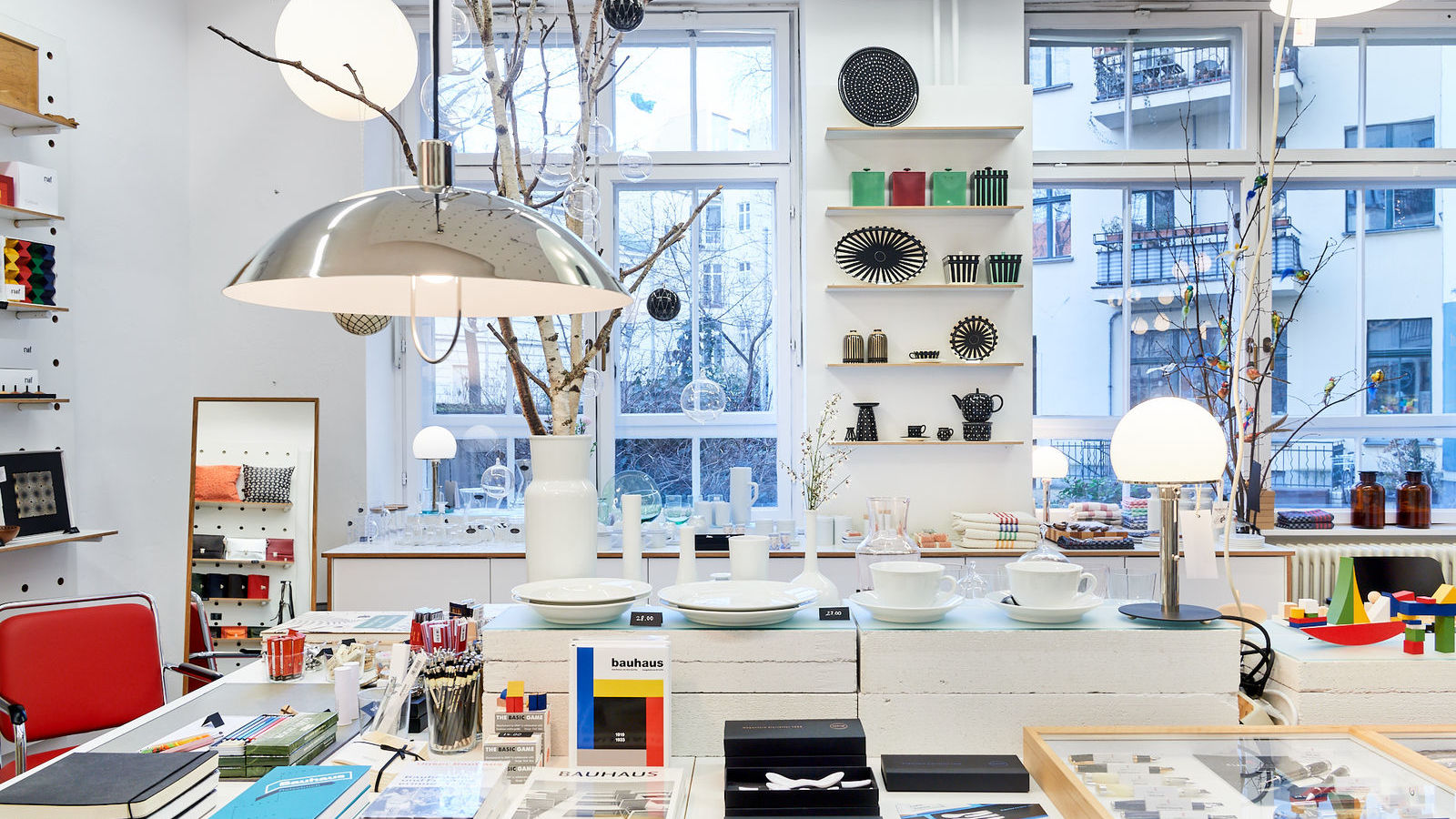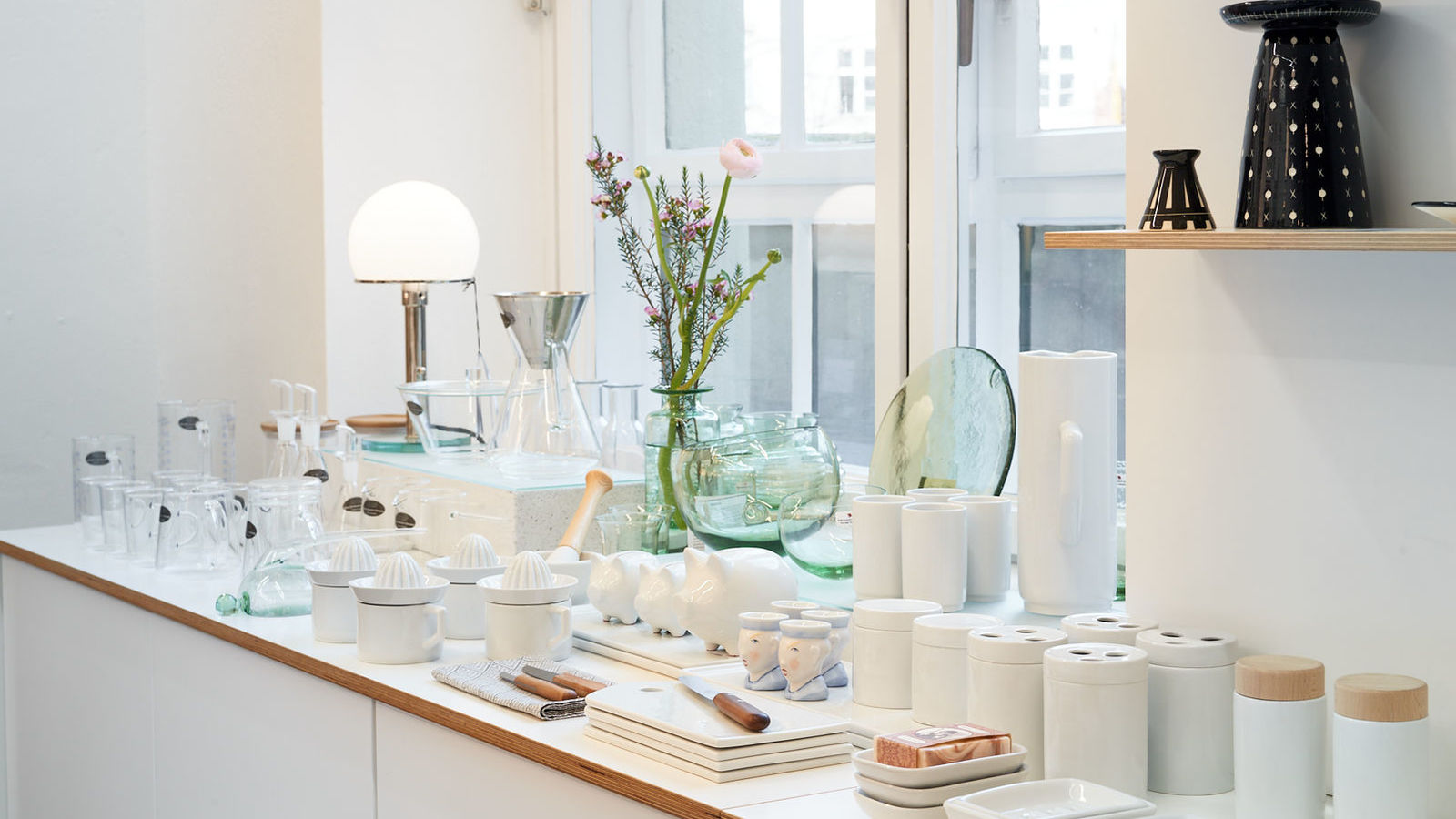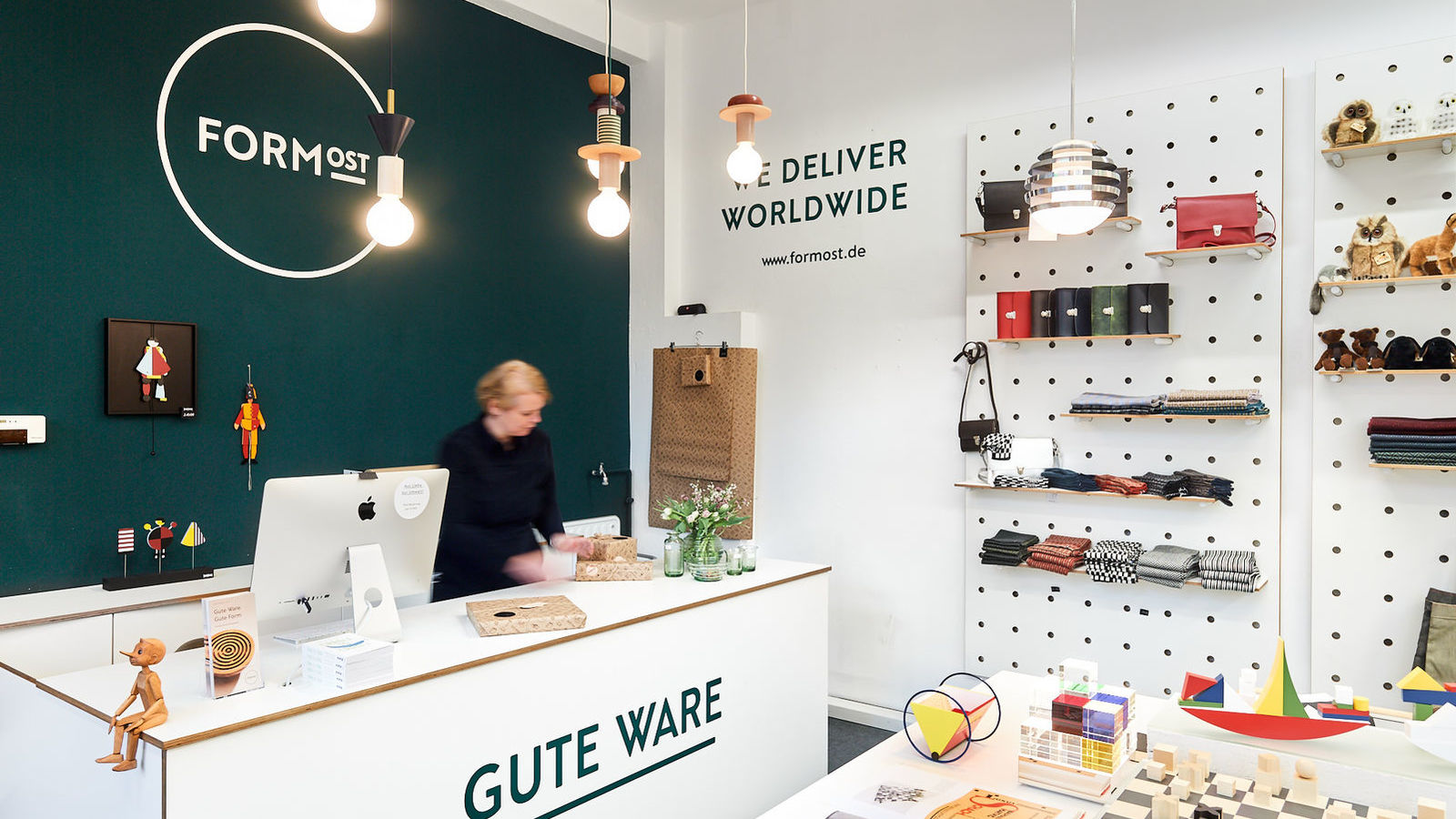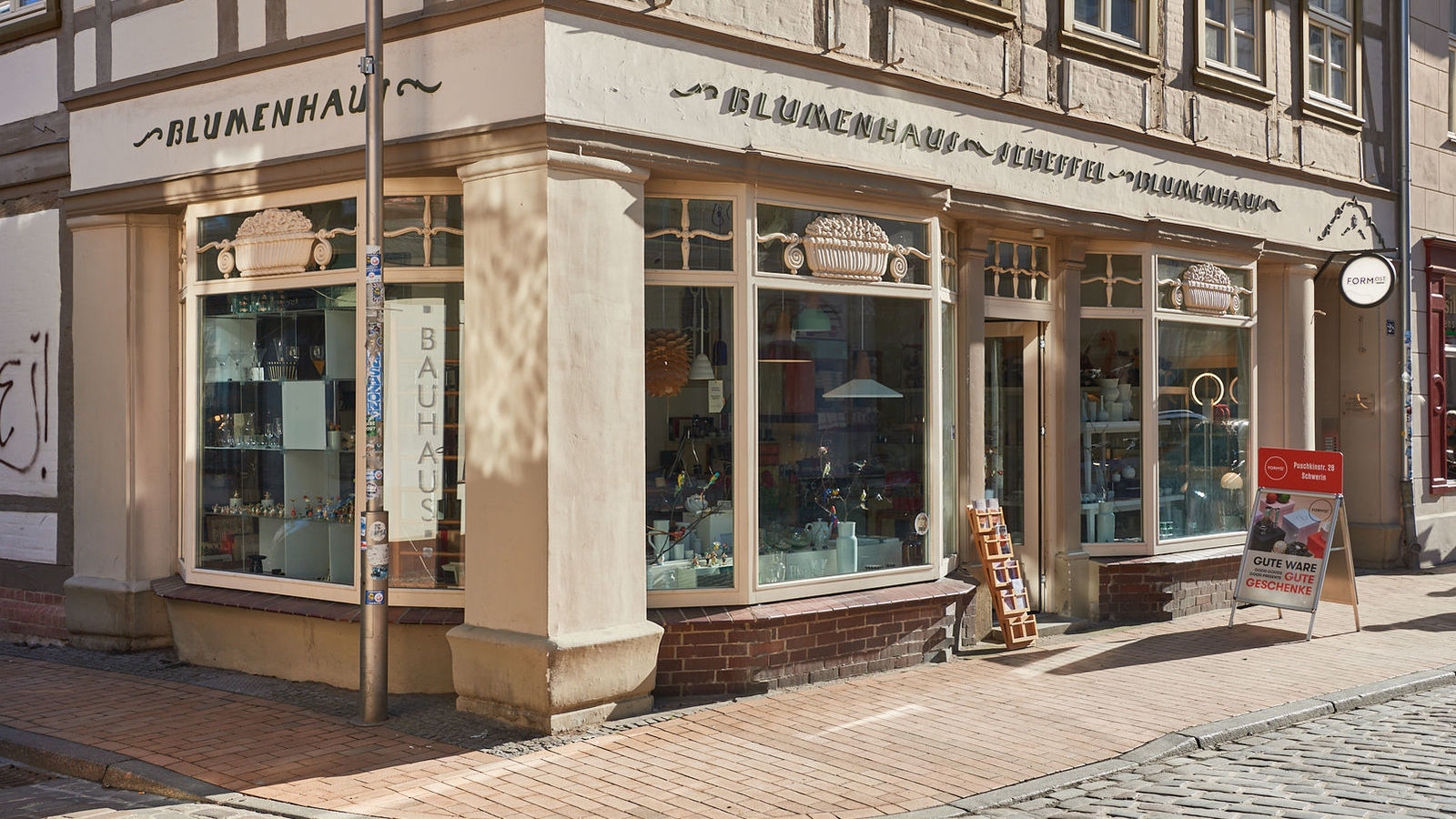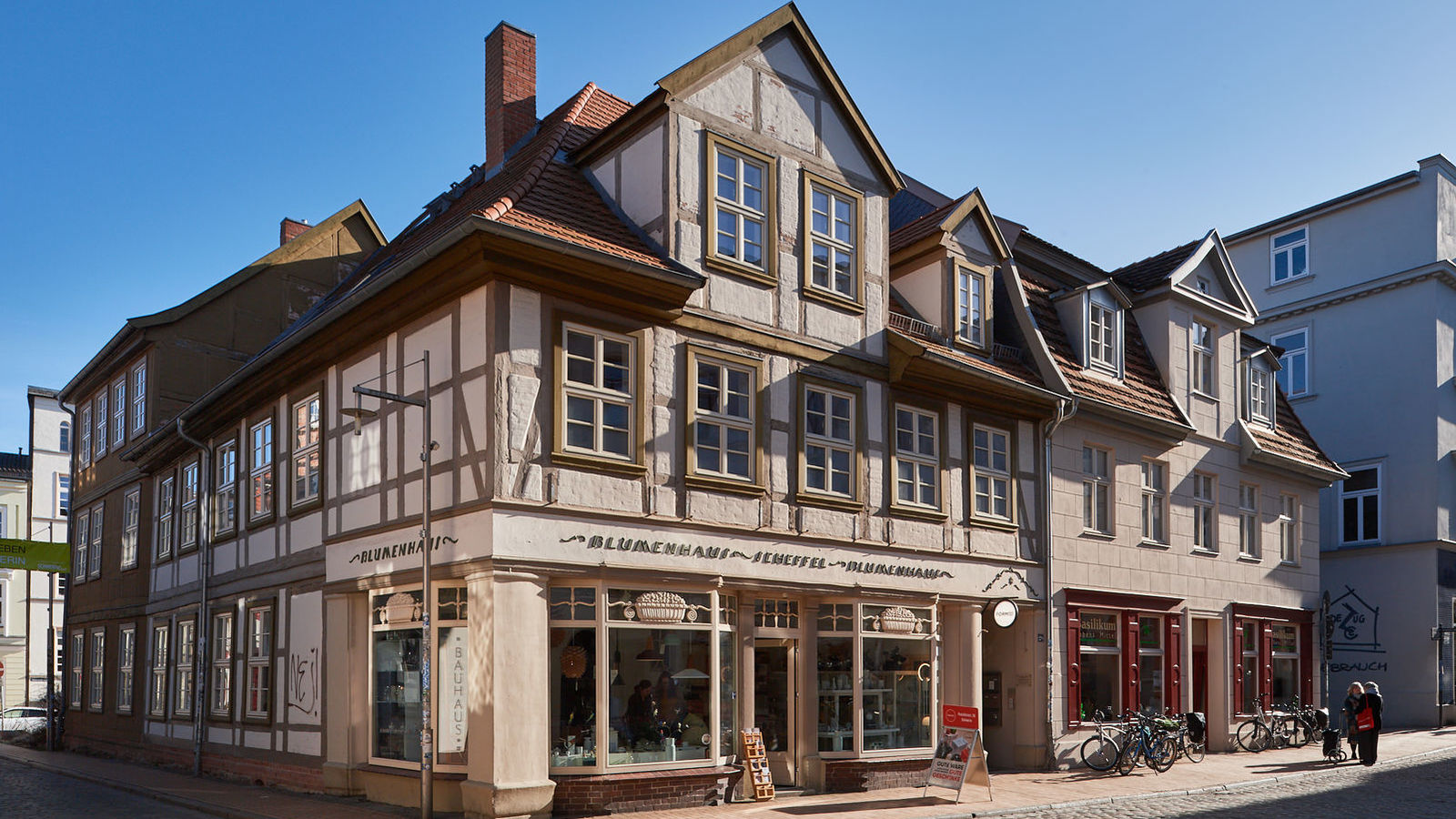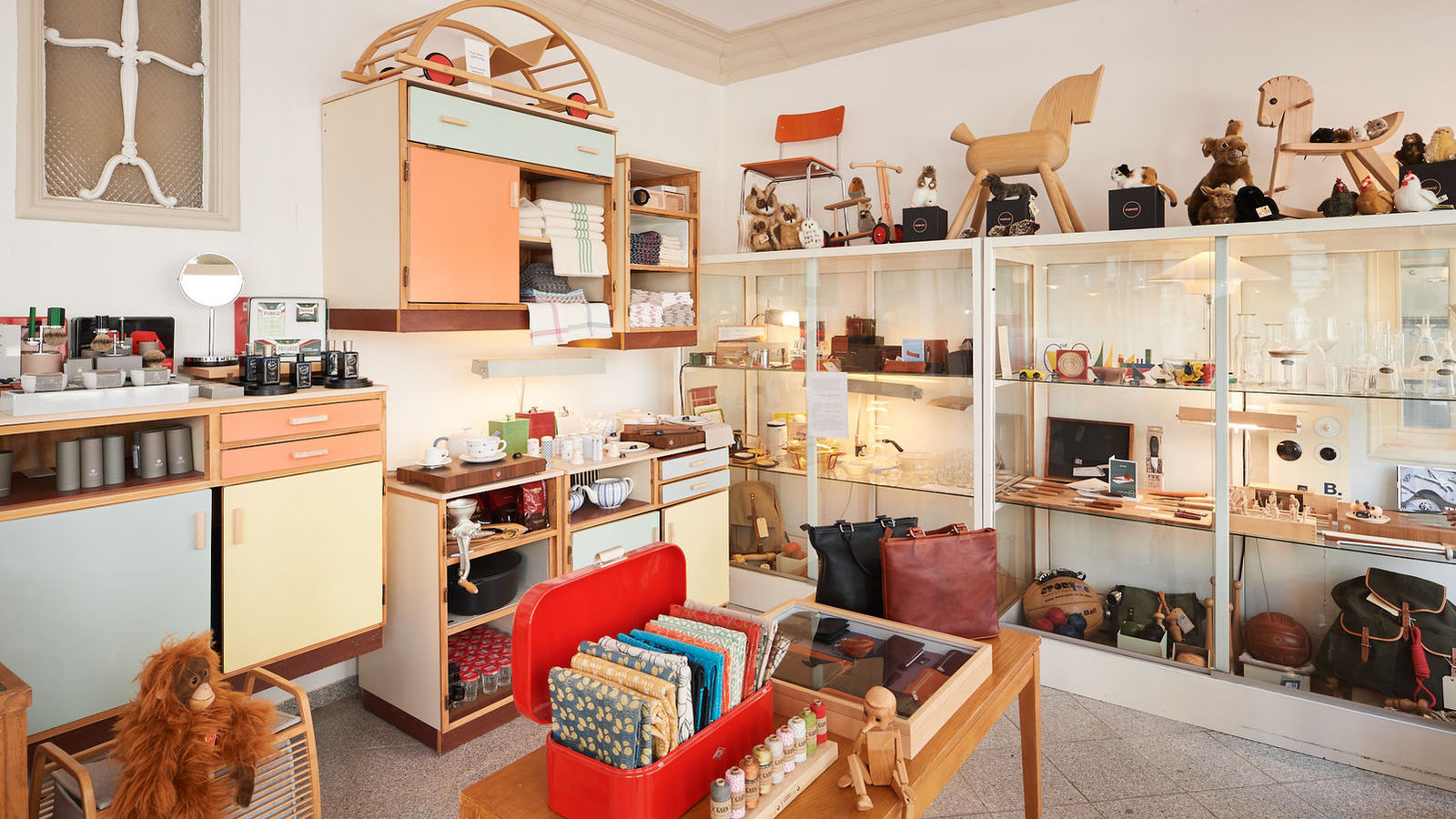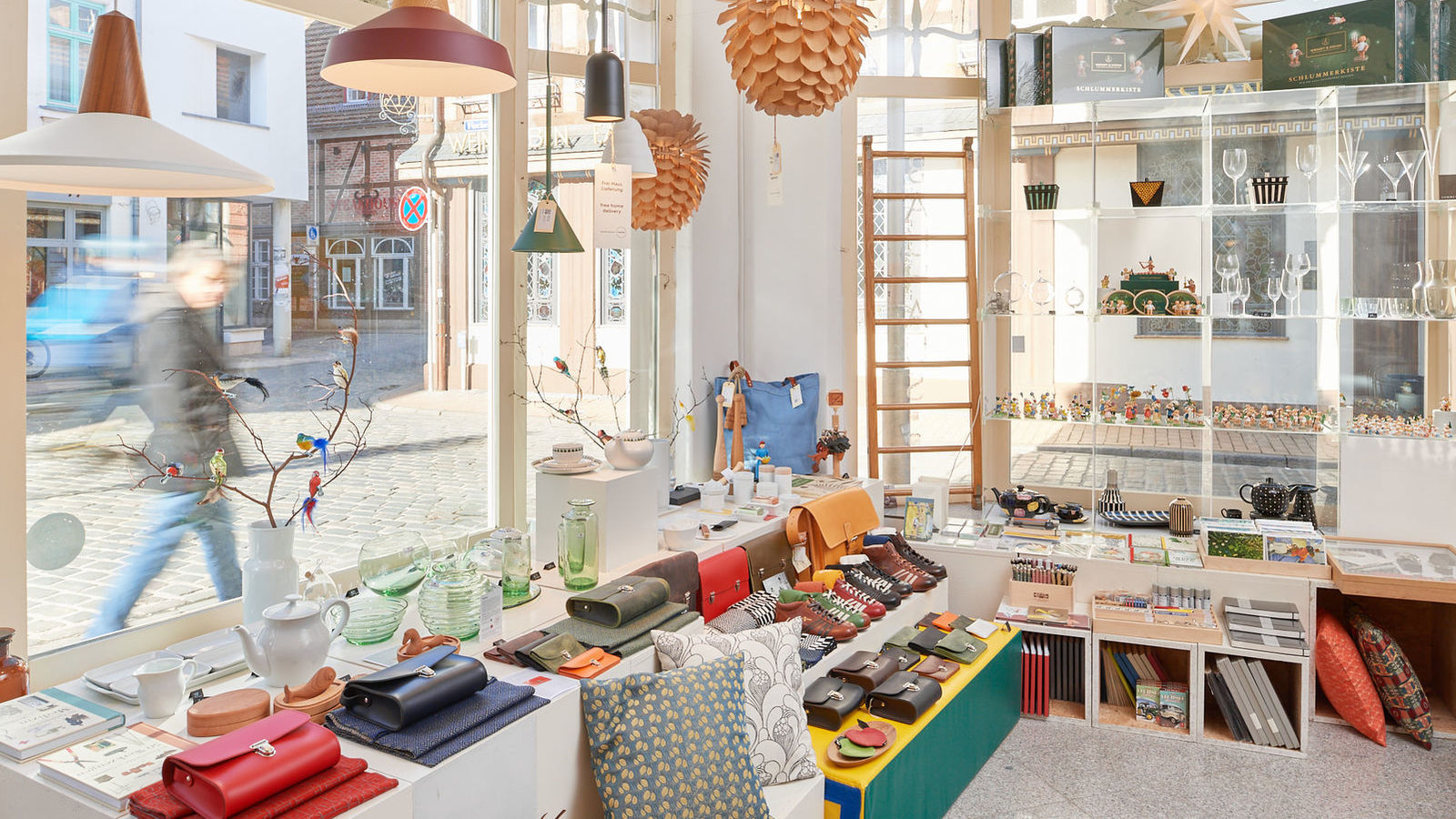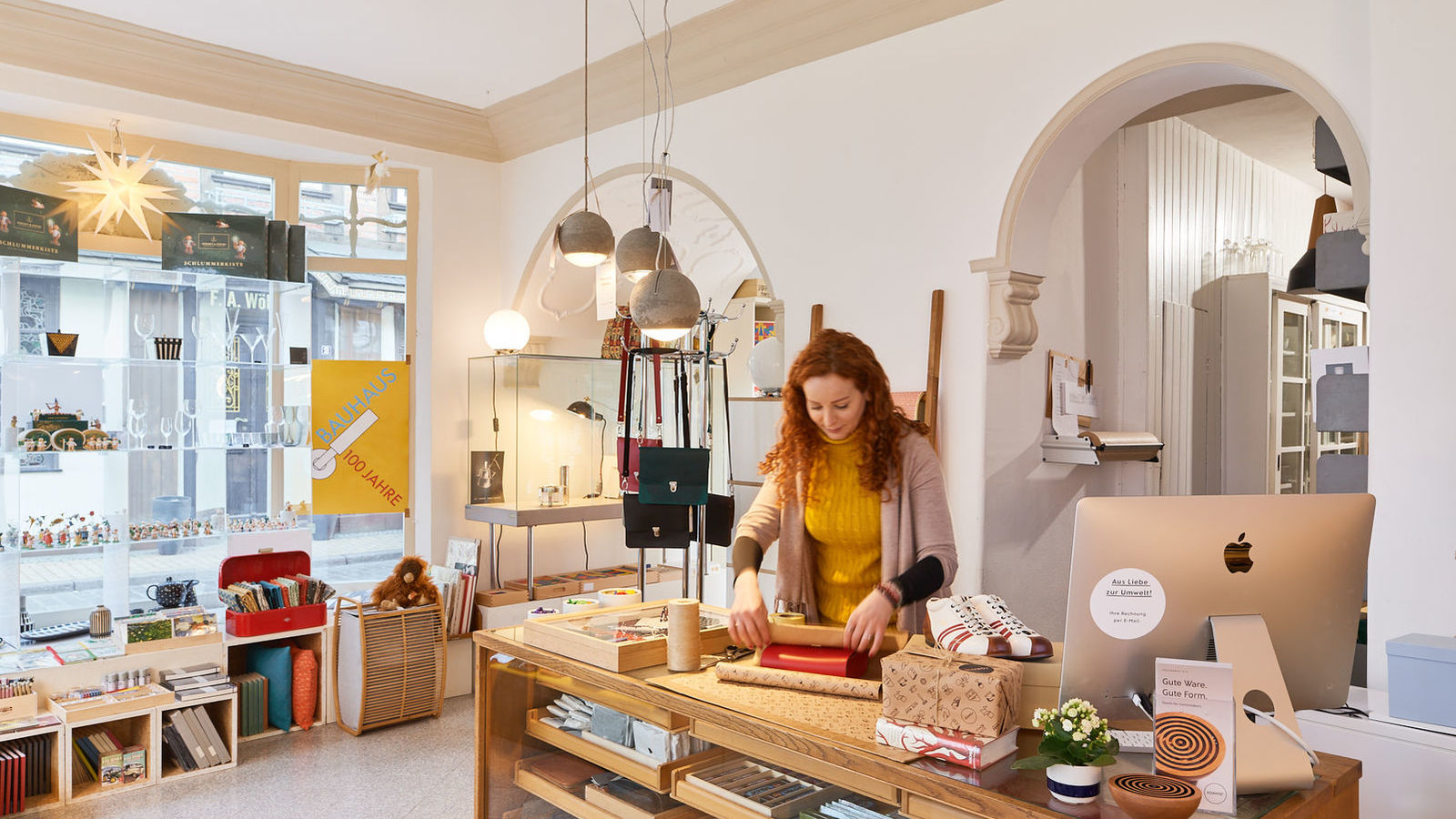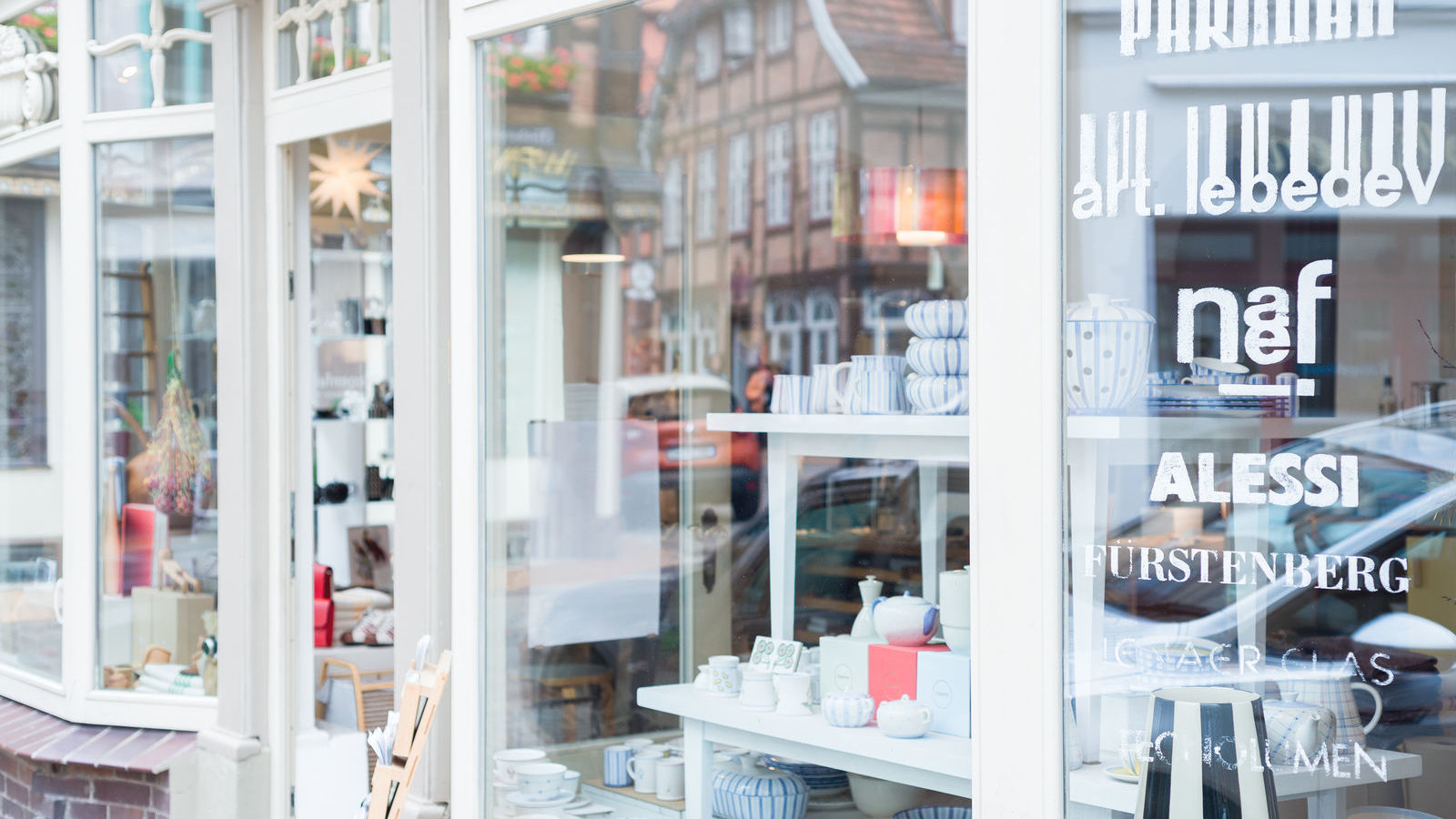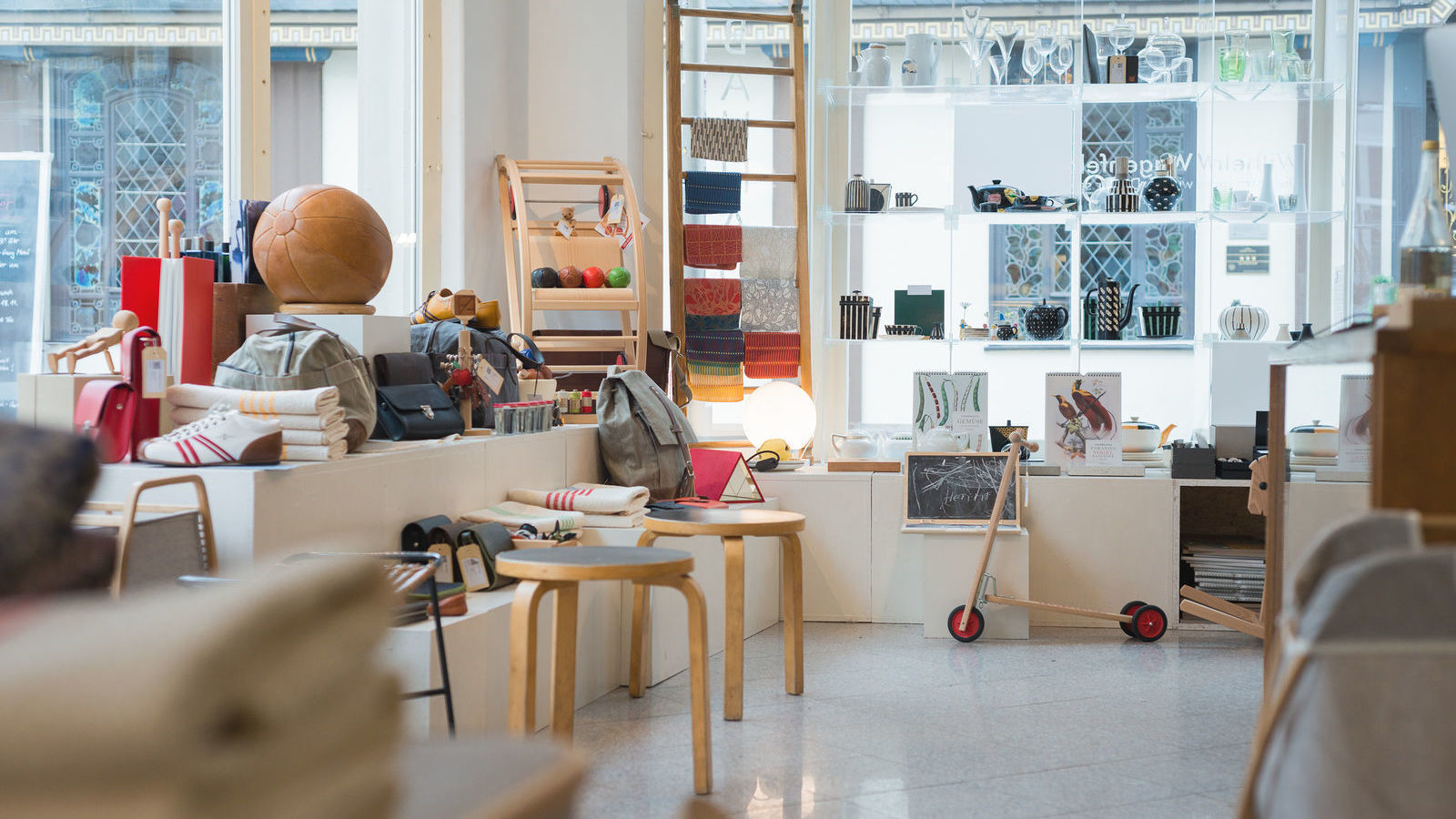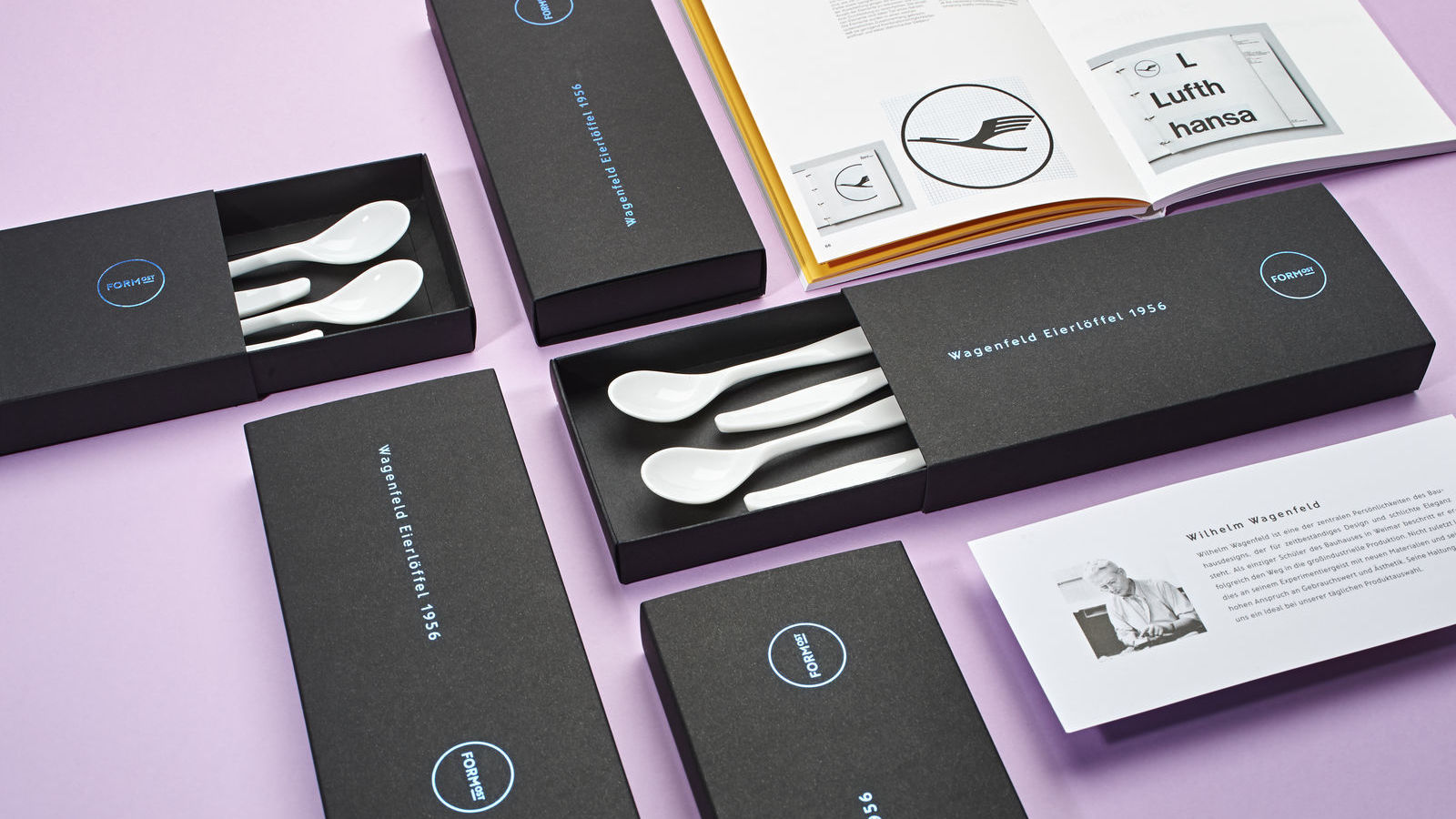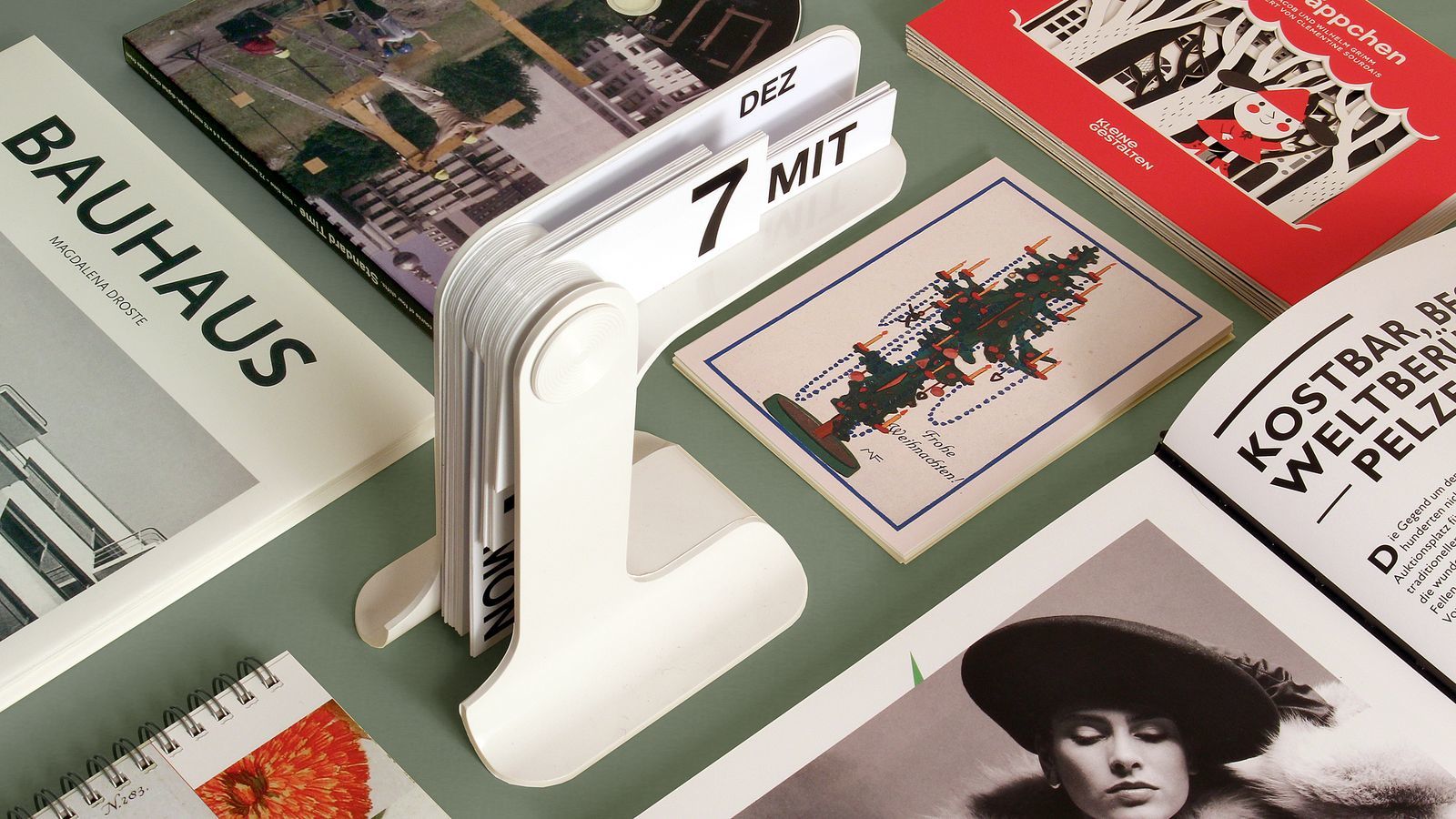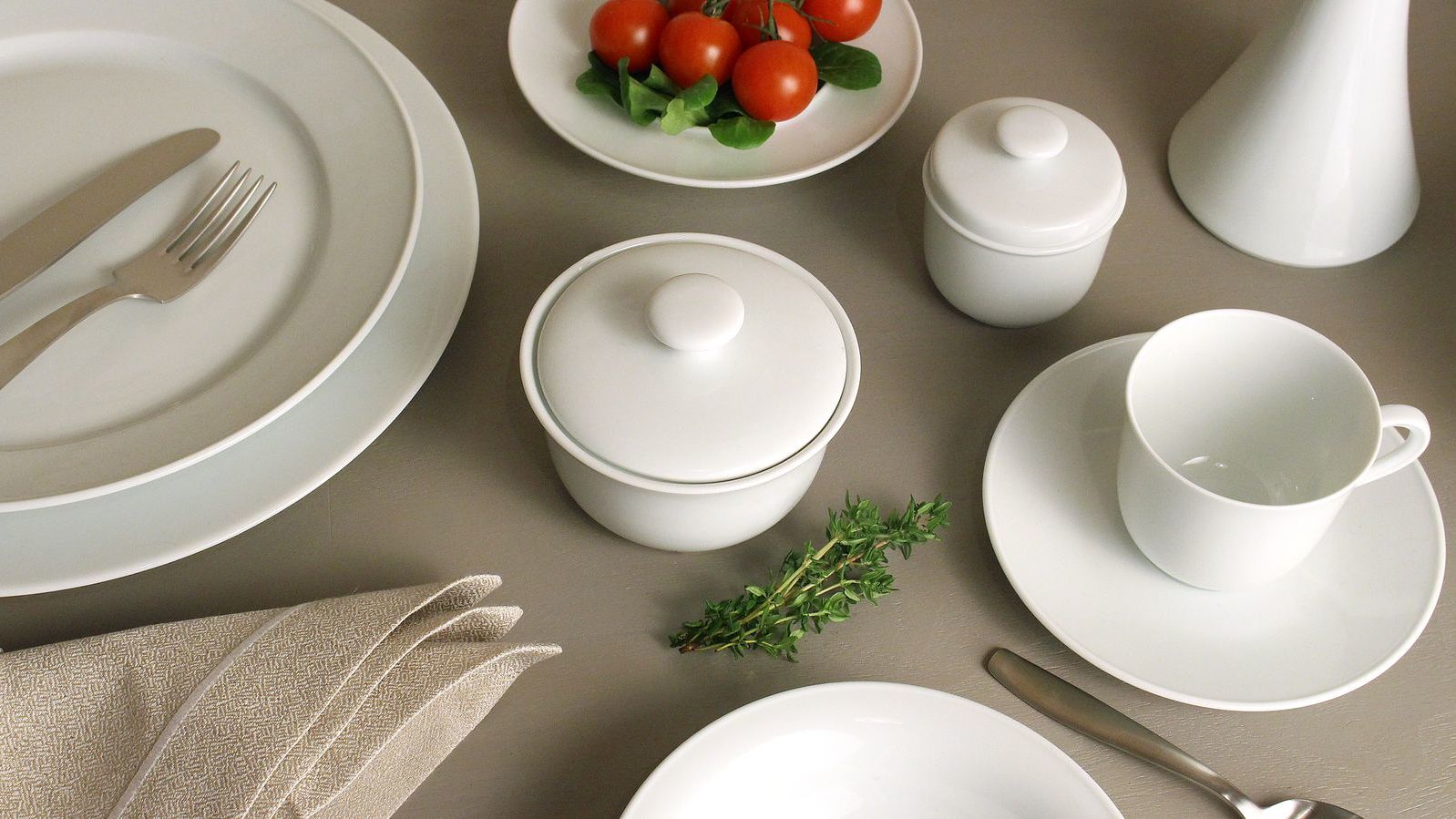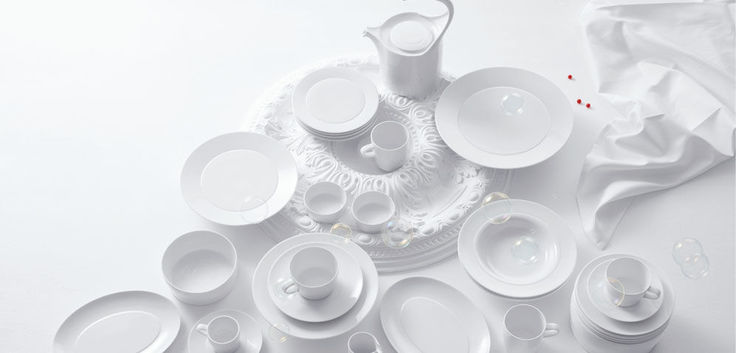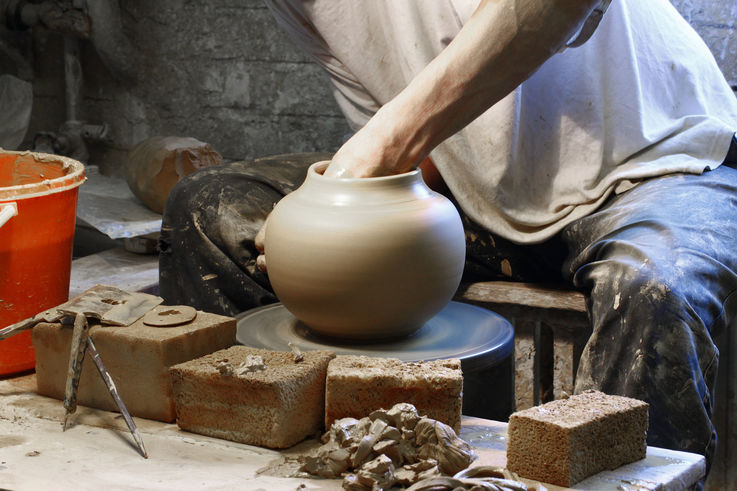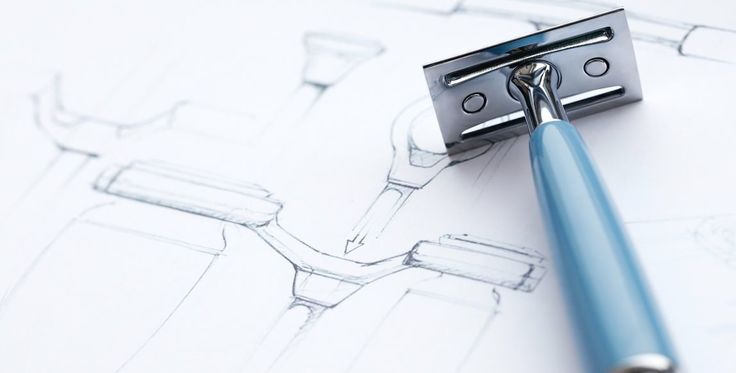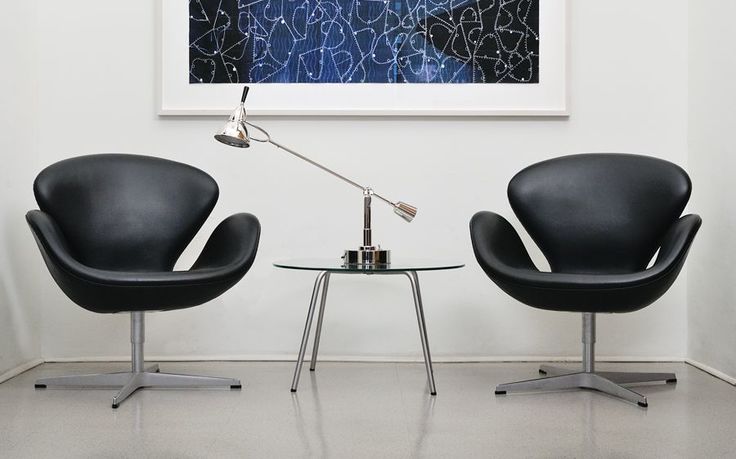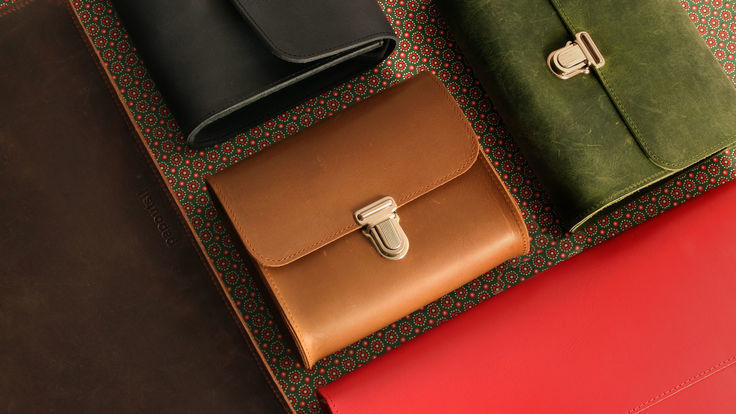Kommen Sie uns in unserem schönen Laden in Berlin besuchen. Wir freuen uns auf Sie.
FORMOST begann im Jahr 2007 als spezialisierter Händler für hochwertige, regionale Produkte mit langer Tradition. Was einst als Geschäft für Produkte der klassischen Formgestaltung startete, ist heute eine Plattform, die international herausragende Designer & Marken unter einem Dach vereint.
Ob Vertreter des Werkbundes, des klassischen Jugendstils oder des Bauhaus’ - FORMOST führt unter dem Geist der „Guten Ware“ Formgestaltung und zeitgenössisches Produkthandwerk zusammen.
Wir möchten uns an dieser Stelle bei unseren langjährigen treuen Kunden und bei allen Mitarbeitern, Mitstreitern und Unterstützern von FORMOST bedanken und freuen uns, wenn Sie uns weiterhin in unserem Onlineshop und im Berliner Ladengeschäft beehren.
Wir sind davon überzeugt, dass Gutes schön und nützlich ist. Diese Art von Schönheit entsteht nicht zufällig! Wir finden nicht nur die wirklich „guten Waren“ und prüfen sie, sondern erzählen von den Menschen hinter den Produkten. Sie erfahren so eine Geschichte und erhalten ein Produkt, das oft für Generationen brauchbar ist. So haben wir uns im Zeitalter von Super-, Luxus-, Traum-, Sonder- und Premium-Angeboten für die "gute Ware" als das Bestmögliche entschieden. Wir beziehen uns dabei auf die Gedanken zu "guten Waren", die Bauhaus-Pionier Wilhelm Wagenfeld schon um 1957 visionär definiert hat. Daraus stammt unsere Vorstellung der fünf Kriterien, die Gute Ware ausmachen. Nur Produkte, die alle diese Kriterien für uns nachvollziehbar erfüllen, werden von uns für Sie ausgewählt. Mit den Geschichten der Menschen hinter den Produkten schaffen wir Transparenz für unsere Entscheidung.
Wie entstand FORMOST? Wie fühlt sich der Carl Hässner Meisterschuh von Zeha Berlin an? Wie baut man Wunder mit den schweizer Lernspielzeugen von Naef? Wozu das feine Glas von Lobmeyr? - Gründer Matthias Kanter über die Idee hinter FORMOST und einige unserer Lieblingsmarken.
1. The good form
While a little beauty alone isn't enough to convince us, the form of a product is important to us. We are children and grandchildren of modernity and the simplest form serving a function remains a fascinating cultural achievement.
While a little beauty alone isn't enough to convince us, the form of a product is important to us. We are children and grandchildren of modernity and the simplest form serving a function remains a fascinating cultural achievement.
Henry Van de Velde and Wilhelm Wagenfeld both represented a tradition that never wanted to deny the subjective and artistic act of designing, but the current of functional formalists among designers in the 20th century also made indispensable contributions to this tradition.
The writer Uwe Johnson could not and no longer wanted to write in the style of Thomas Mann. Nor can our aesthetic aspirations fall short of the essential achievements of 20th century designers.
The fact that we are also referring to a criticism of Wagenfeld's pure "good form" shortly after the war with the term "good product" is less nostalgia than an attempt to question some post-war developments in the field of design, especially with regard to the latest ecological and social debates.
Since true beauty does not come about by chance, but only through the good and often beautiful motives of designers and manufacturers, we continue to believe in a beauty that conveys these motives in a "good form" way. The humility that W. Wagenfeld exemplified as the highest achievement of the designer remains an exceptional quality for this most important German designer. He has created forms that have been so withdrawn that they are hardly recognizable as design (consciously by the manufacturers of the largest series), in order to have a long-term taste-forming effect on broad sections of society.
read more
2. The joy of success, pride in creation
Wilhelm Wagenfeld was certain that all of the energy in the manufacturing process was transferred into a product, so to speak, that energy was "frozen". So is it essential for a really good product to be manufactured under good conditions?
The more joy, feeling, and creativity and happiness people can develop when manufacturing a product, the more of this energy can be released into the everyday life of the user.
Wilhelm Wagenfeld was certain that all of the energy in the manufacturing process was transferred into a product, so to speak, that energy was "frozen". So is it essential for a really good product to be manufactured under good conditions?
The more joy, feeling, and creativity and happiness people can develop when manufacturing a product, the more of this energy can be released into the everyday life of the user.
Like Wagenfeld, we believe in this energy and also believe that negative energies can "radiate" out of it later on. What sounds almost esoteric here can be illustrated with a simple example: We have acquired a thoughtlessly manufactured cheap product that apparently fulfils its function. It does not please us by its mere presence, but it does not bother us either. Perhaps we are annoyed by premature wear and tear, but in any case we have no emotional connection with this product.
So far, and already so badly, until now we have mainly remembered objects in our lives that are regular sources of joy or that, due to a special quality, inspire us again and again in our everyday lives and are not indifferent to us. Now, one might think that everyone has some of these things, but not every toilet brush or drinking glass in our household will make us happy. Sure, if everything is special, it's commonplace, but we are far from it.
So far, let's call it an emotionally neutral product of our relationship with him. That's right, everything around us is life partners, companions or roommates.
Now we sit in front of the television in the evening and hear about the contribution of inhumane working conditions or even child labour in connection with our drinking glasses of the popular Scandinavian brand and can perhaps forget these pictures while setting the table for another two days. But then we see how this energy radiates imperceptibly from these glasses. Fortunately, not everything around us has this background information and most things remain in a neutral or at least undisturbed unnoticeability, which we are used to from the things around us.
But for now let us look at an example of a production process that is happy and pays a dividend of value to the producer. Wilhelm Wagenfeld was one of the first designers to attempt to create responsibility, creative freedom and better economic living conditions for the individual worker, even in industrial mass production. It was in the glassworks of Lusatia, where he used a special seal of quality to turn dull pressed glass manufacturers into masters of industrial glass production. Decades later they still spoke of these years as full of pride and happiness.
How much easier is this to achieve in manufacturing and craft enterprises? A product, in whose final appearance man is allowed to share it, creates meaningful work in this process alone, which our society so lacks.
When we purchase such a product, we not only support an urgently needed repair, but also a sense of pride and even happiness is contained in this product. It can be felt and brings a small moment of happiness into our lives every day.
Everybody knows of such positively "shining" objects; and some of them have been made by a loved one and given to us as a gift, and we have an explanation for this. However, once we have discovered that a product has benefited from the positive energies of the manufacturers in its manufacturing process, our joy in using it will no longer appear random to us. And anyone who has learned anything about the process of developing, manufacturing and designing really good objects knows that quality and beauty don't always happen by chance.
Good design will create awareness through observation, use and thoughtfulness, which will make us happy, because initially it was just an instinct that advised us, but now it is slowly growing with certainty. To clear out one's direct living environment step by step and to "enliven" it with really beautiful, useful and sensibly produced things seems to me like the best "antidepressant" of our time. For the people who make things, and for the people who live with them.
read more
3. The value in use
We rarely trade food and, if possible, only with products without a "use-by date". What sounds simple here is no longer so. In the design sector, too, the marketing slogan "design sells" conveys the demand that designers develop a fashionable and pleasing form in order to realize the marketability of any quality at short notice. Brands such as Braun or Grundig, which years ago stood for combination design and manufacturing quality, have been ruined as a result.
We rarely trade food and, if possible, only with products without a "use-by date". What sounds simple here is no longer so. In the design sector, too, the marketing slogan "design sells" conveys the demand that designers develop a fashionable and pleasing form in order to realize the marketability of any quality at short notice. Brands such as Braun or Grundig, which years ago stood for combination design and manufacturing quality, have been ruined as a result.
The form is therefore no longer a guarantee of a good product. We're not interested in consumers, but in users! Not about wear and tear but about durability, meaningfulness in design, production and use. This includes the optical wear resistance, the high utility value, the reparability and perhaps also the patina of a product. The word design doesn't include any of these things anymore.
We see the fact that Formost is also working on a renaissance of the concept of design as a challenge to terminology. As long as no change was made in function, the designer Wilhelm Wagenfeld saw no reason for a new design. This was precisely why he devoted so little energy to products that were subject to rapid technological change. How Scandinavian design has developed this idea of timeless beauty with high utility value is exemplary.
When in doubt, we find an object with a high utility value to be more beautiful than a poorly thought-out design product and, of course, more valuable and therefore more sustainable in an ecological context. Design that does not break this ecological cycle of production and the fastest possible wear and tear, or that "beautifies" such products only for better saleability, has unfortunately damaged the design sector to such an extent that the word design today stands for everything and nothing, but certainly not for "good goods".
Since this type of design is also regularly awarded prizes, we have to question design awards and existing seals. For example, if we find the "Spiel Gut" label substantial, the red dot would rather not.
read more
4. Value in relation to price
"Good goods" need to be priced appropriately for producers and retailers. It is clear that prices today do not necessarily allow conclusions to be drawn about the quality, material usage or wages of the worker. It is also logical that trade via market power generates prices that make the last bargain hunter suspicious of the cock for $2.99. It is probably well known that some noble brands almost completely sink a lot into marketing budgets instead of into quality production.
"Good goods" need to be priced appropriately for producers and retailers. It is clear that prices today do not necessarily allow conclusions to be drawn about the quality, material usage or wages of the worker. It is also logical that trade via market power generates prices that make the last bargain hunter suspicious of the cock for $2.99. It is probably well known that some noble brands almost completely sink a lot into marketing budgets instead of into quality production.
And yet it still exists. Products that are calculated by the manufacturer are barely enough to be produced without compromising on quality, and which reach the customer via the retail trade. But what are these products without bargain discounts, winter sales and competitive prices at wholesale?
Almost all of them are genuine quality products that would no longer exist today if you had taken part in this ruinous game. Whether it's the Nomos watch or the Steinway grand piano, the Agria lawnmower, bicycles from Müller and Riese or the coffee machine from La Marzocco, all these top products would no longer exist if all those involved did not calculate as tightly as possible. There is a simple reason why your price still seems breathtaking to us when compared to apparent competitors: cheaper competitors do not deliver the same results.
Only in a real and direct comparison can this be proven and at the latest, when you deduct the resale price, apparently expensive top products become downright cheap. The fact that these products often become more expensive yearly as a result of inflation compensation also shows the tight calculations.
As an example, perhaps the best carpenter in Berlin likes to compare quality and price with the Bulthaupt company. The fact that a small individual furniture tailor produces better and cheaper furniture than a top industrial manufacturer is quite astonishing. But the fact that even Ikea's offer for a slightly adapted kitchen top is 30% higher than that of the luxury cabinetmakers speaks volumes.
Many of our supposed bargains are inferior products or goods that are supposedly produced at other people's expense. A good product must have an adequate price and must not become a plaything of the trade. Products in the professional sector have long been traded this way and a craftsman knows exactly why a certain tool is worth the cost.
Let us learn more about the products, their production and their calculations, and understand that "miserliness is cool" is unfortunately for our society and culture exactly the opposite of cool. The fact that you are looking in vain for the bargain of the day at Formost does not mean, however, that we too will have to clear up stocks from time to time by means of a discount campaign. Basically, however, we would like to see the same prices for the same high-quality goods everywhere, so that the customer again buys where he feels best advised, whether in the supermarket, retail trade or the internet trade.
read more
5. Truly sustainable
Repairability, longevity, intrinsic value, optical wear resistance, heritability, patina capability - what could be more sustainable, what could be more ecological. It goes without saying that we do not use poisons, tropical forests, or child labour. Wherever possible, we want regional production chains.
Repairability, longevity, intrinsic value, optical wear resistance, heritability, patina capability - what could be more sustainable, what could be more ecological. It goes without saying that we do not use poisons, tropical forests, or child labour. Wherever possible, we want regional production chains.
However, if somewhere in the world a service can really be provided in a more meaningful way, we are in favour of common sense instead of insisting on a seal "Made in Germany", which rarely does justice to the deeper meaning of the word. Today, more than in Wagenfeld's time, we have the responsibility to handle resources and other resources with care. The selection of materials, the economics of use, energy efficiency in production and biodegradability and the revitalization of recycling cycles are today more design issues than ever.
The old saying "we are not rich enough to buy cheaply" has become more topical and it makes sense to learn from cultures where resources are a scarce commodity. So "less is more" is the new motto of a more consumption-critical generation and less can be as "good a commodity" as possible.
read more
Fünf Prozent Rabatt für Ehrenamtsmitglieder MV
Es ist ein Geschenk, dass sich Menschen ehrenamtlich engagieren und in besonderen Lebenssituationen ihre Hilfe einbringen.
Als Partner der Ehrenamtskarte Mecklenburg Vorpommern möchten wir uns bei all den freiwilligen Ehrenamtsmitgliedern mit 10 Prozent Rabatt auf unser Sortiment bedanken.
In unseren Läden in Berlin und Schwerin:
- Einfach die Ehrenamtskarte zücken und der Rabatt wird beim Kauf abgezogen
In unserem Onlineshop:
- Im Warenkorb den Gutscheincode Ehrenamt_MV eingeben. Der Kaufbetrag wird automatisch um 10% reduziert. Anschließend senden Sie bitte eine Kopie Ihres Ehrenamtsausweises an formost@formost. de




